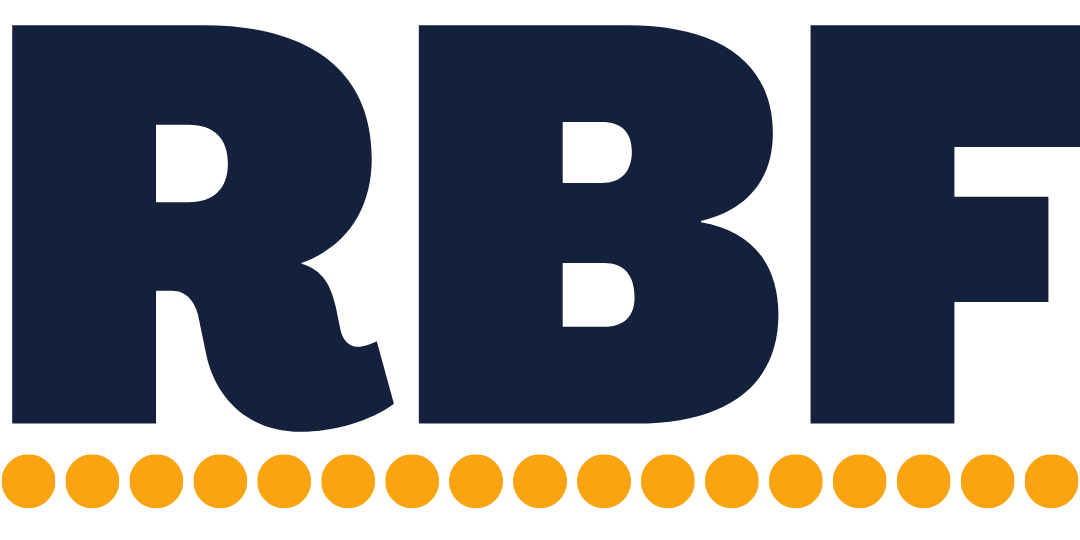Different kinds of emergency funding
The best time to plan for an emergency is when things are going well. That’s when you have a clear mind, time to really think thru your plan, and won’t be pressured into making snap decisions. You don’t need to have a fully fleshed out wartime-CEO document, but you should have some idea of what you’re going to do. That includes knowing where you’re going to find funding to run your business (including paying yourself). And, while there was a lot of government funding available during the pandemic (like, PPP, EIDL, small business grants, etc), that isn’t always the case. Just because there was funding this time, doesn’t mean there’ll be funding during future economic downturns. And, even if there is, your business downturns may not coincide with full-blown systemic meltdowns where government funding is freely available. You should have a plan beyond government funding.
At a minimum, you should have a lean emergency fund with at least two months worth of absolutely necessary expenses. But, that’s just a starting point. Emergency funding goes further than that and your exact plan will depend on your risk tolerance and how robust your business is. A business in an industry that gets hit hard during a downturn and has a weak lead pipeline will need much more emergency funding (or a way to tap into more money) than a business in a robust industry with a strong lead pipeline. Figure out what your risk tolerance is, how much money you’ll need (by looking at prior Profit & Loss reports), and plan for a crisis.
Emergency fund:
Emergency funds are the most conservative emergency funding options. You calculate how much money you need to pay for a few months of operating costs, set it aside in a savings account, and, short of a full-blown economic collapse where our currency loses all value, it’ll be there. Larger emergency funds make sense for risk-averse business owners and very seasonal businesses. But, the downside of a larger emergency fund is that the money just sits there, doing nothing and slowly losing value to inflation. So, you shouldn’t accumulate more than three months of expenses (unless you have a very good reason aka seasonal businesses).
War chest :
Simply, a war chest is just a large cash reserve. In practice, it’s one part emergency fund and another part investment capital to be deployed quickly when opportunities arise. You should only upgrade your emergency fund to a full-blown war chest after everything else is covered (eg, after owner bonuses have been paid out, you’re saving a healthy amount for retirement, and you’ve achieved steady business growth, etc). And, if you’re going to build a war chest, you should still be aware of how much of it is ’emergency fund’ money so you don’t accidentally overdraw yourself when investing.
(All that said, I prefer the term ‘war chest’ over ’emergency fund’ because it implies a more active, aggressive, and strategic mindset than passively building savings. Plus, it sounds cool.)
Credit lines :
Credit lines are typically used in businesses with uneven cash flow or that have large upfront cash needs (eg construction, retail with large order sizes, etc), but they make a great emergency funding option when you don’t want a huge emergency fund collecting dust. You can apply when you have time and business is good, pay an annual maintenance fee to keep it available, then during an emergency, draw on your credit line to supplement your emergency fund.
Other debt financing:
There are other debt financing options beyond credit lines, but when shit hits the fan, a bank probably won’t find you creditworthy enough for a traditional loan (because your business is mid-crisis and may default on the loan) and you probably won’t have time to jump thru all the hoops, especially dealing with underwriting. Plus, lending tends to dry up during economic collapses. You mighttt be able to get a secured loan (eg, mortgage, HELOC, inventory-backed, other asset-backed, etc) because they’re partially lending based on the value of your assets. And, you might even be able to get a personal mortgage or HELOC then contribute the funds into your business. But, taking on personal debt like that is an incredibly risky move and you need to read the terms of your loan veryyy carefully to make sure that’s a kosher move or you’ll run the risk of the bank calling the entire loan in (and effectively, destroying your life).
Personal funding & family/friends:
Personal financing is a common way to start a business. So, it makes sense that it’ll be part of your emergency funding plan. But, it shouldn’t be your entire plan because when push comes to shove, investing personal funds into your business (or asking family and friends for help) during an emergency is much easier said than done. Even the smallest businesses (like freelancers) should still have a portion of their business emergency fund sitting in a business bank account.
Extreme options:
In true, full-blown, sink or swim emergencies, there areee other options. You can factor your receivables (aka sell your outstanding invoices at a discount and getting 90 cents on the dollar today), payroll loans (not the same thing as payday lending), credit cards, hard money loans, even not paying your taxes on time. None of these are great options (because they’re either restrictive or expensive) and shouldn’t be your main emergency funding plan.
(Also, while not paying your taxes on time sounds like an easy idea, it is incredibly difficult to dig your way out of tax debt. I have clients that came to me in absolute dire straits that’re still paying off relatively small amounts of tax debt years later.)
Action Item:
Generate a Profit & Loss report for the last quarter, figure out how much of your expenses are truly necessary, and start building your emergency fund.
